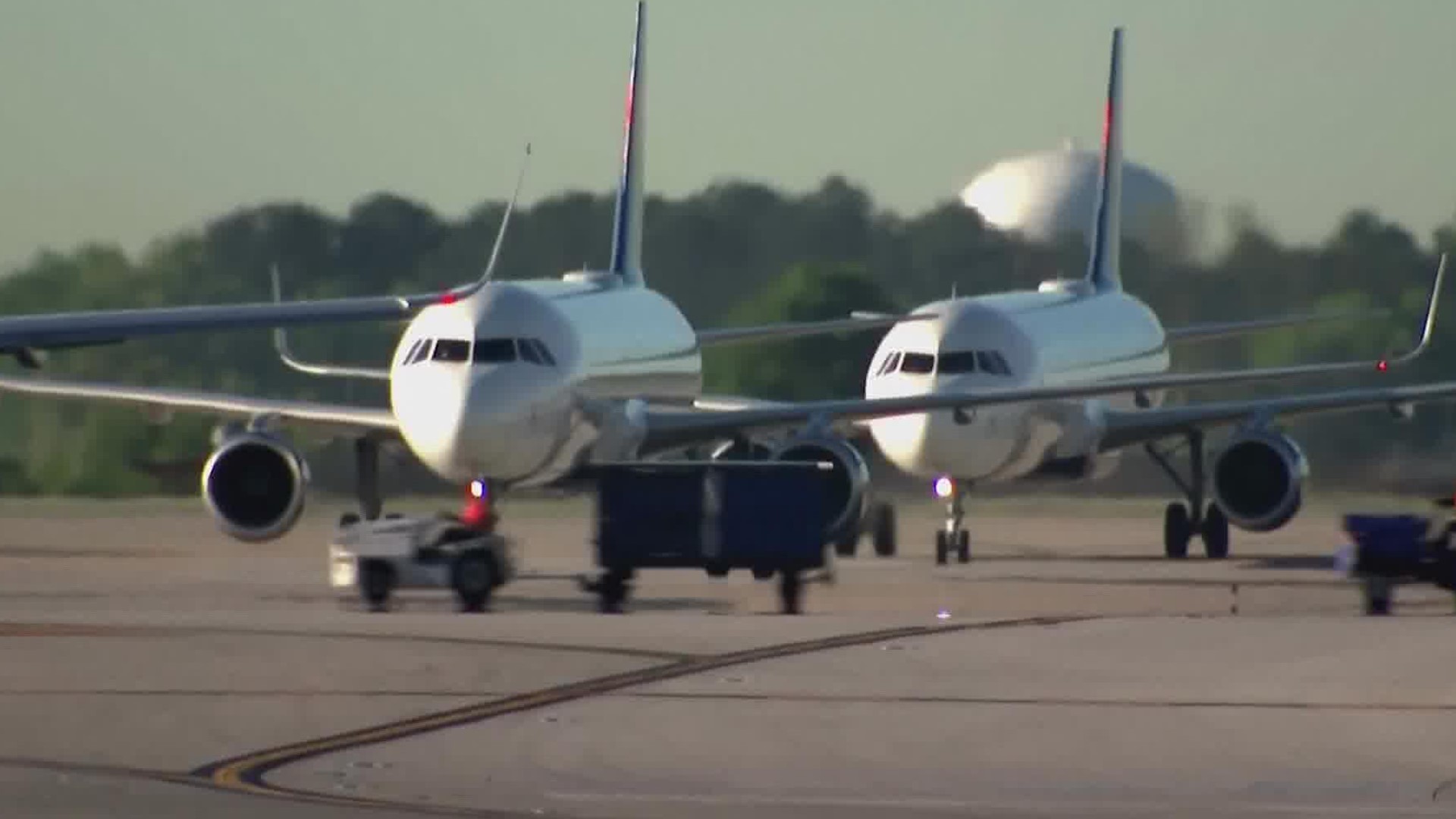ATLANTA — The latest government's consumer price index soared to 9.1% over the past year, which has been the biggest yearly increase since 1981, with nearly half of the rise due to higher energy costs.
So how is that impacting airfare, and are certain airports more expensive to fly out of than others?
THE QUESTION
11Alive viewer LaTina P. asked, "For Hartsfield-Jackson Airport to be the busiest airport in the world, why are airline tickets always double or triple the price of a plane ticket flying out of Chicago-O’Hare airport?"
OUR SOURCES
THE ANSWER
Yes, flying out of Atlanta's Hartsfield-Jackson International Airport can be more expensive than Chicago O'Hare, but other factors impact prices.
WHAT WE FOUND
11Alive Investigators crunched the numbers and found the following differences between both airports before the pandemic, during the pandemic and in 2022:
- From Q4 of 2019 to the first quarter of 2022, domestic average fares for Atlanta airport versus O'Hare were higher, but only by about $21 (inflation-adjusted.)
- For all time periods we reviewed, the average airfare in Atlanta was about $335, whereas O'Hare saw closer to $314 per ticket.
- Both cities' averages were just dollars off from the national average for all time periods.
Average fares by BTS are based on total ticket value, which includes the price charged by airlines plus additional taxes and fees from outside agencies at the time of purchase, according to their website.
They do not include fees for optimal services, such as baggage or circumstances like frequent-flyer or "zero fares."
BTS released its latest Q1 2022 average airfare data on July 19th. Overall prices are nearly 17% higher than what consumers saw this time last year.
According to experts, ongoing fuel prices, an increase in traveling demand and staffing shortages are driving higher airline fares.
"You have a classic case of three things coming together here - constrain, demand, and increased costs - that are all driving the fares for consumers higher," Dr. Saloni Firasta-Vastani, a marketing professor and travel expert at Emory University, said.
When comparing airfares city-to-city, localized variables can also come into play.
"What kind of competition exists in those cities? Are there any low cost carriers flying those routes? What are some of the local labor issues? And labor average labor hourly rates, impacting the overall cost? [it] may all impact what the local prices may be out of that particular hub," she said.
According to BTS' latest data report, passenger demand in Q1 has already increased by about 9.1%, compared to this time last year.
"The demand is expected to continue for a couple of reasons," Firasta-Vastani said. "One is that there is going to be that pent up demand throughout the holiday season as we approach the end of summer into Thanksgiving and Christmas. Leisure travel is still expected to be in high demand. The other thing that's playing against the airline prices of fare prices is that the the airlines are not adding more capacity into the market right now."

